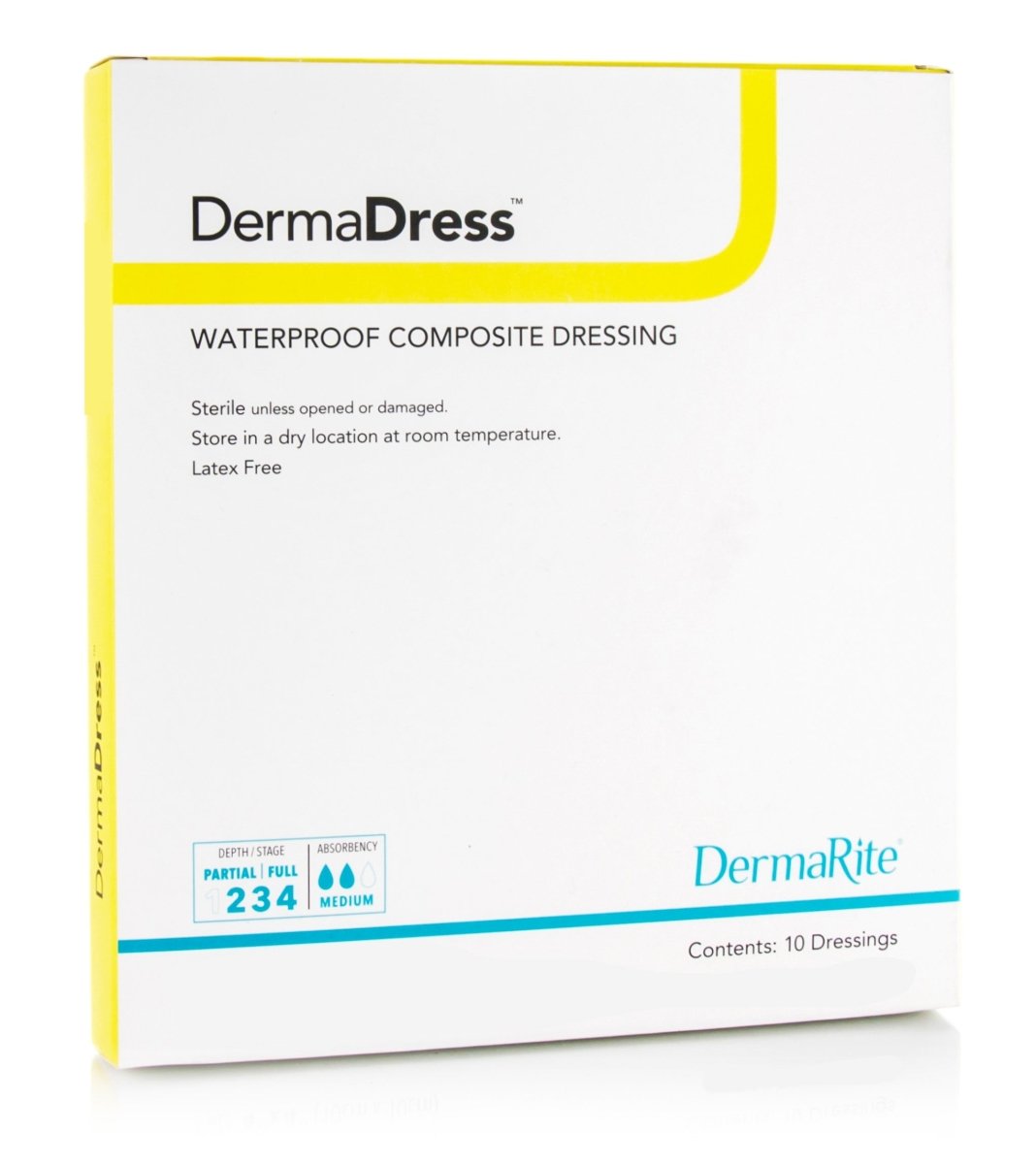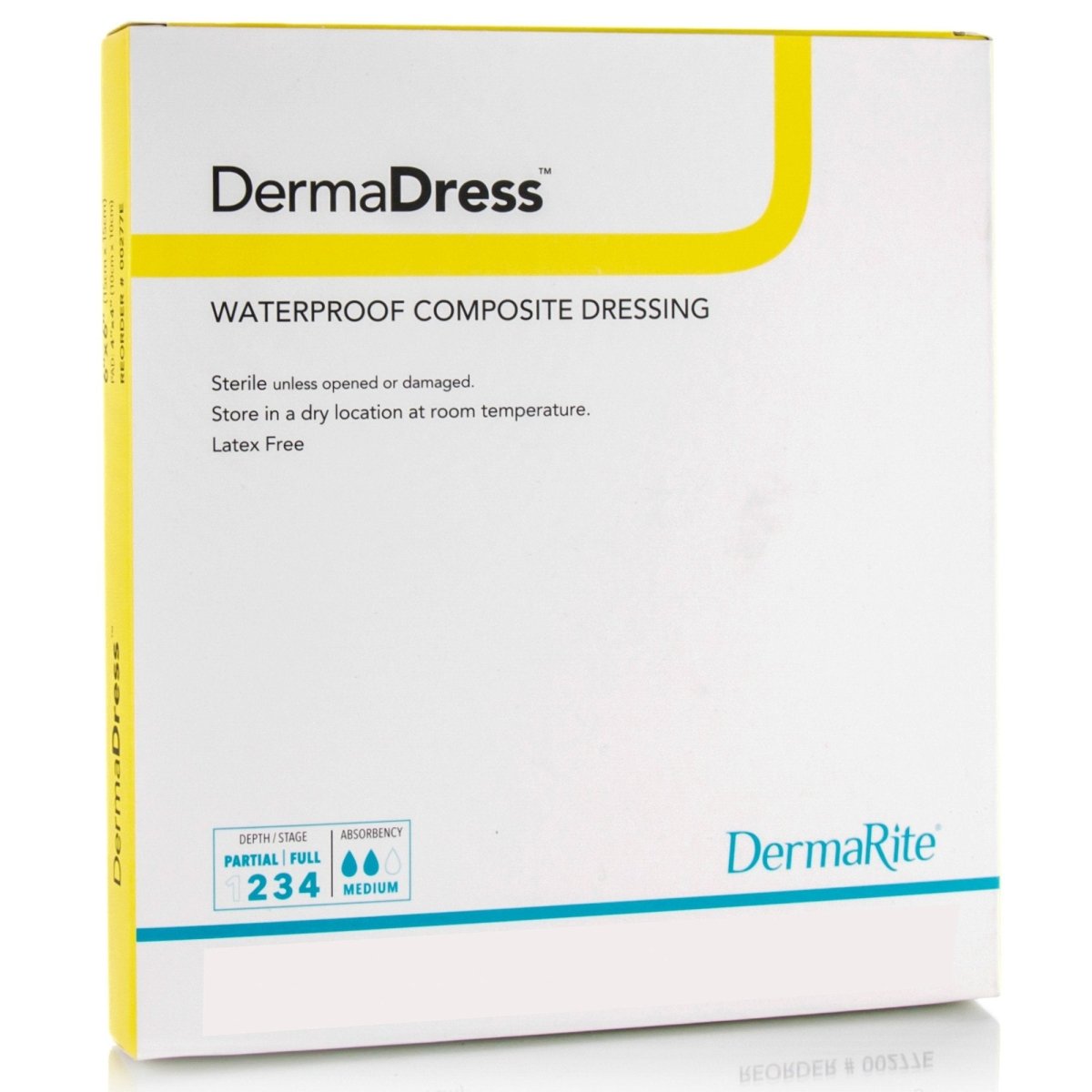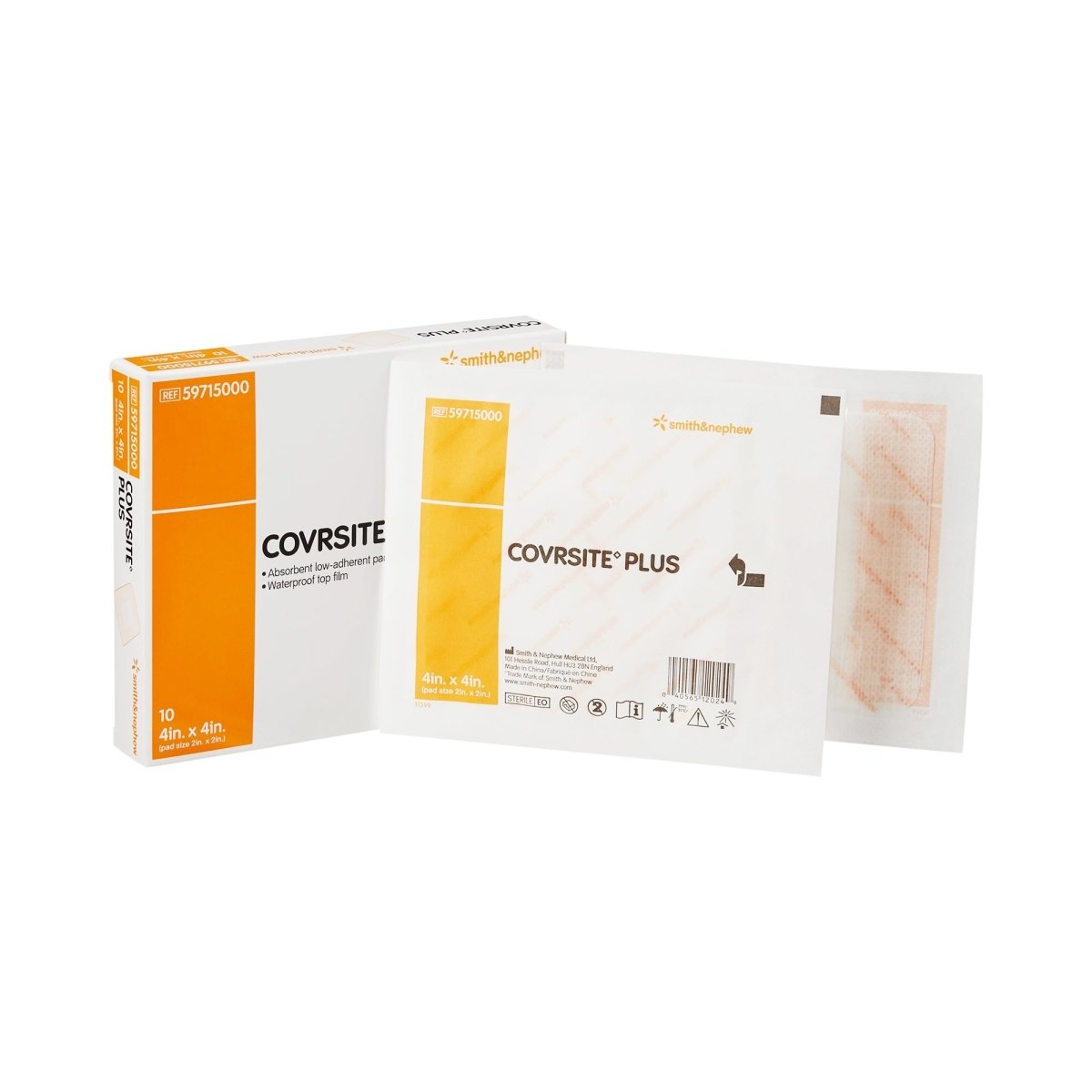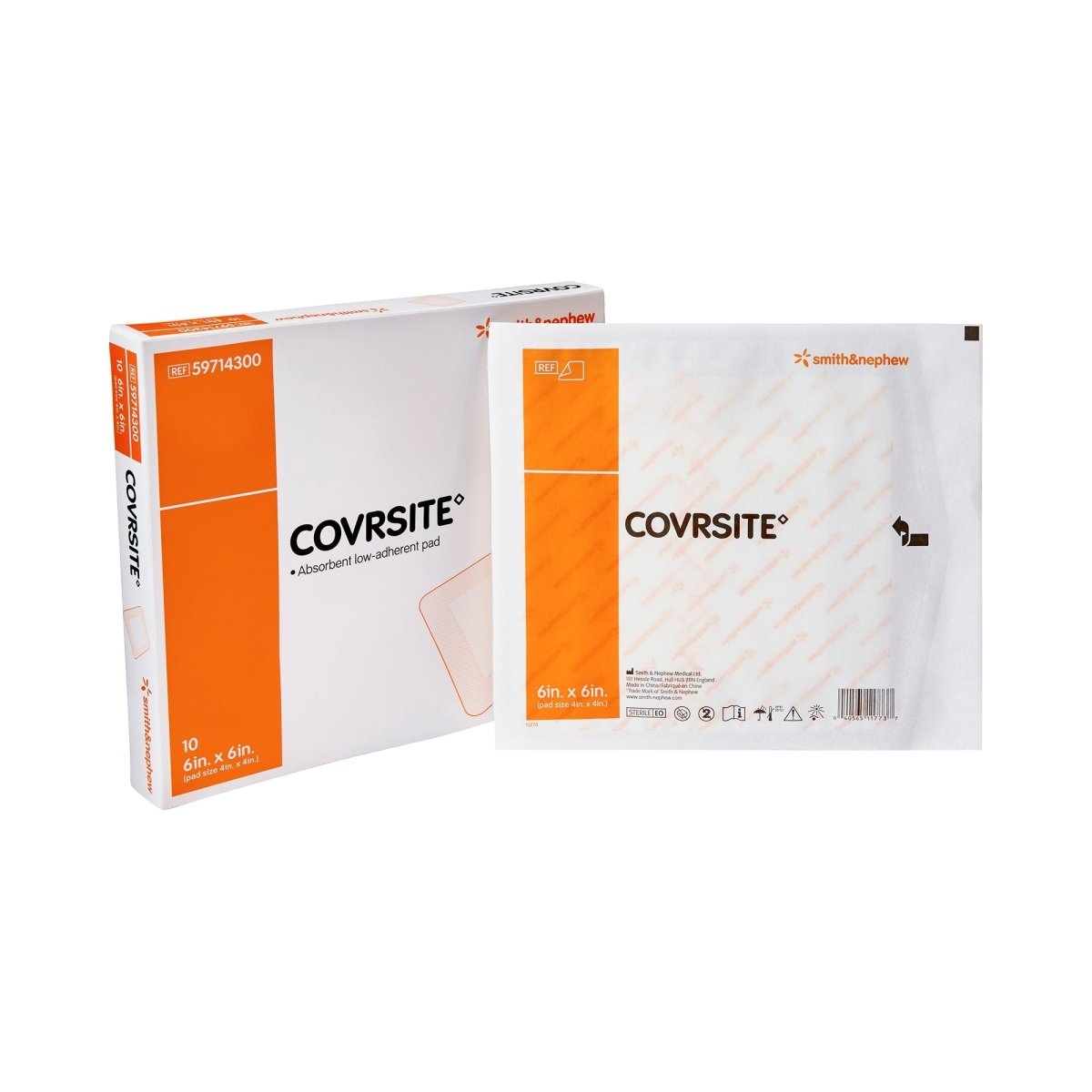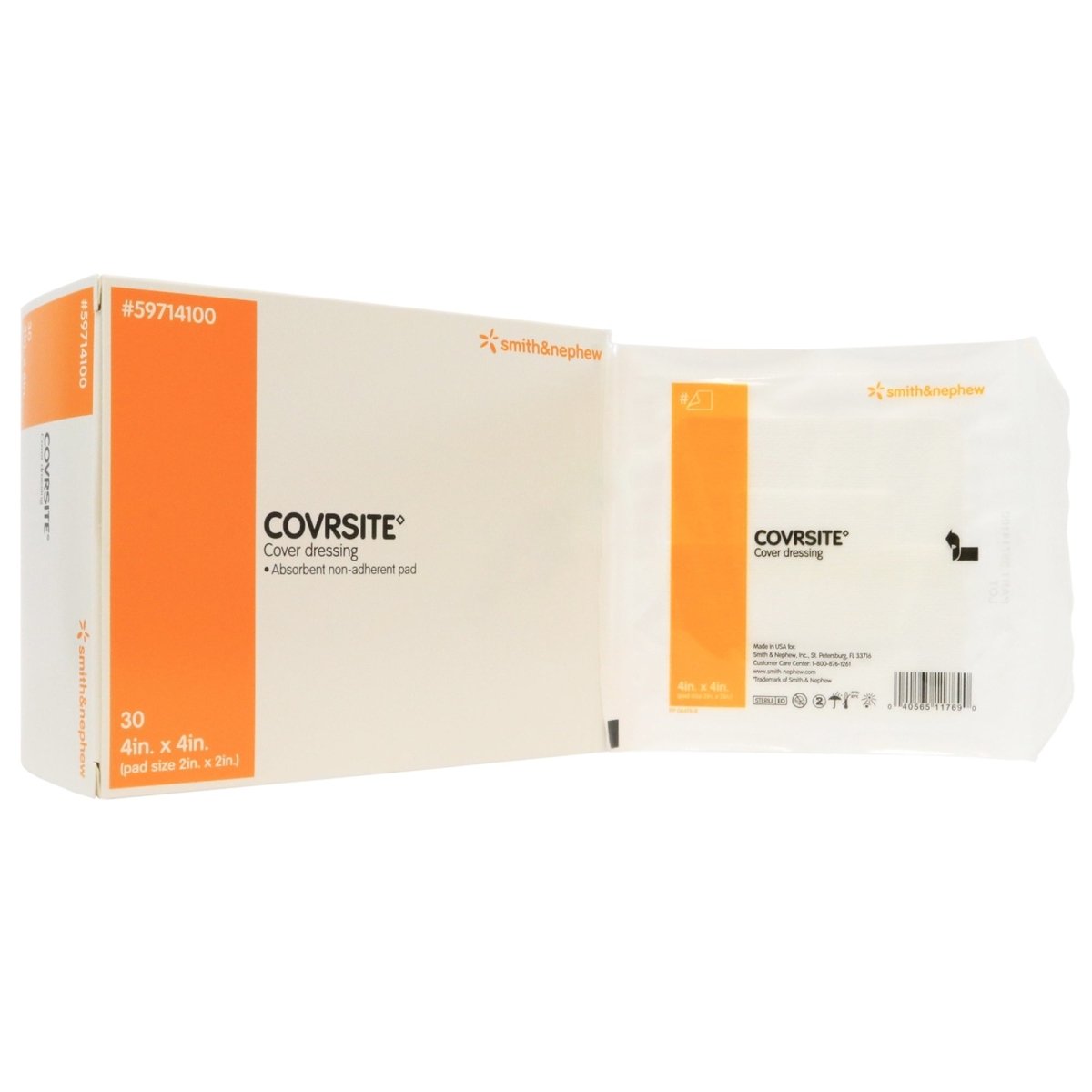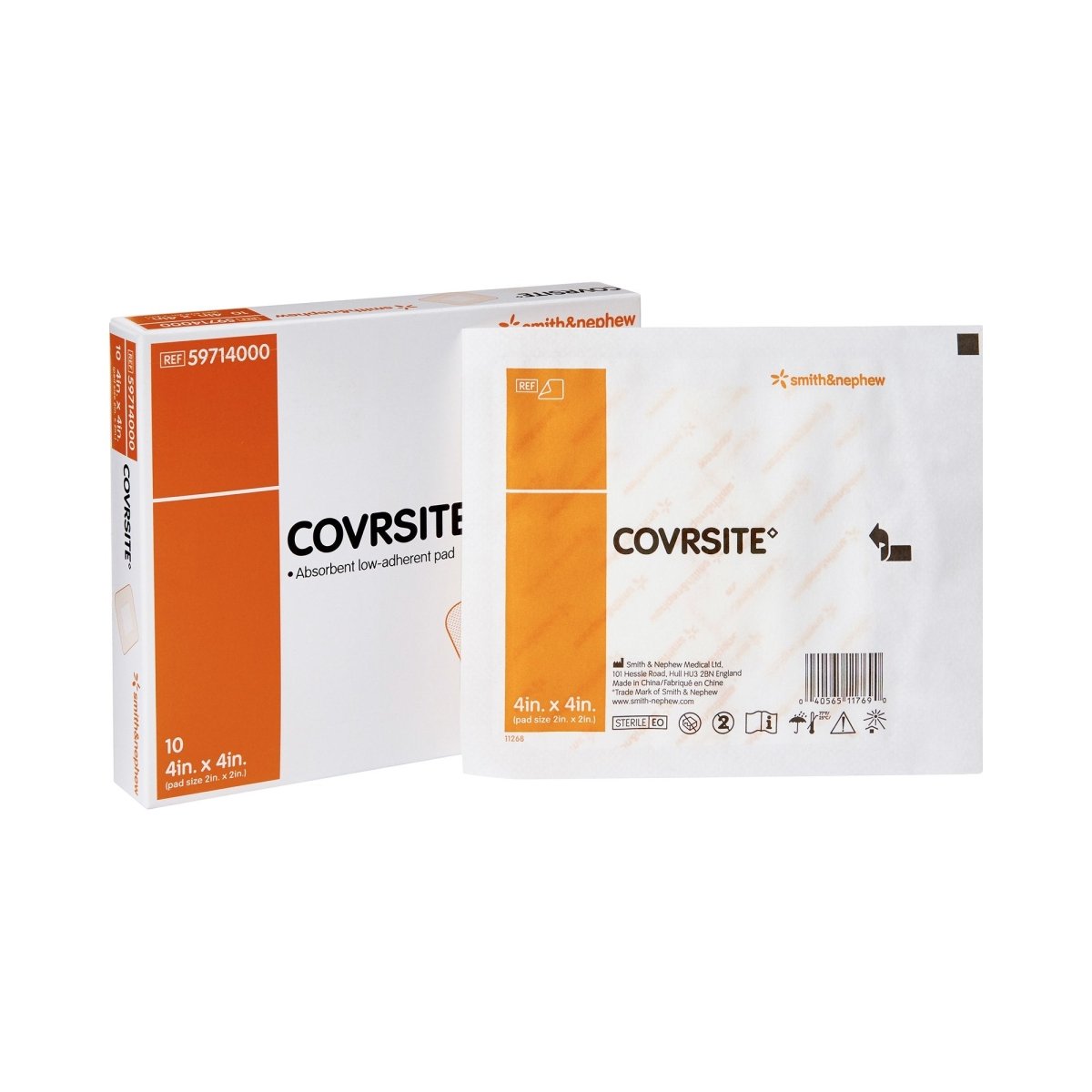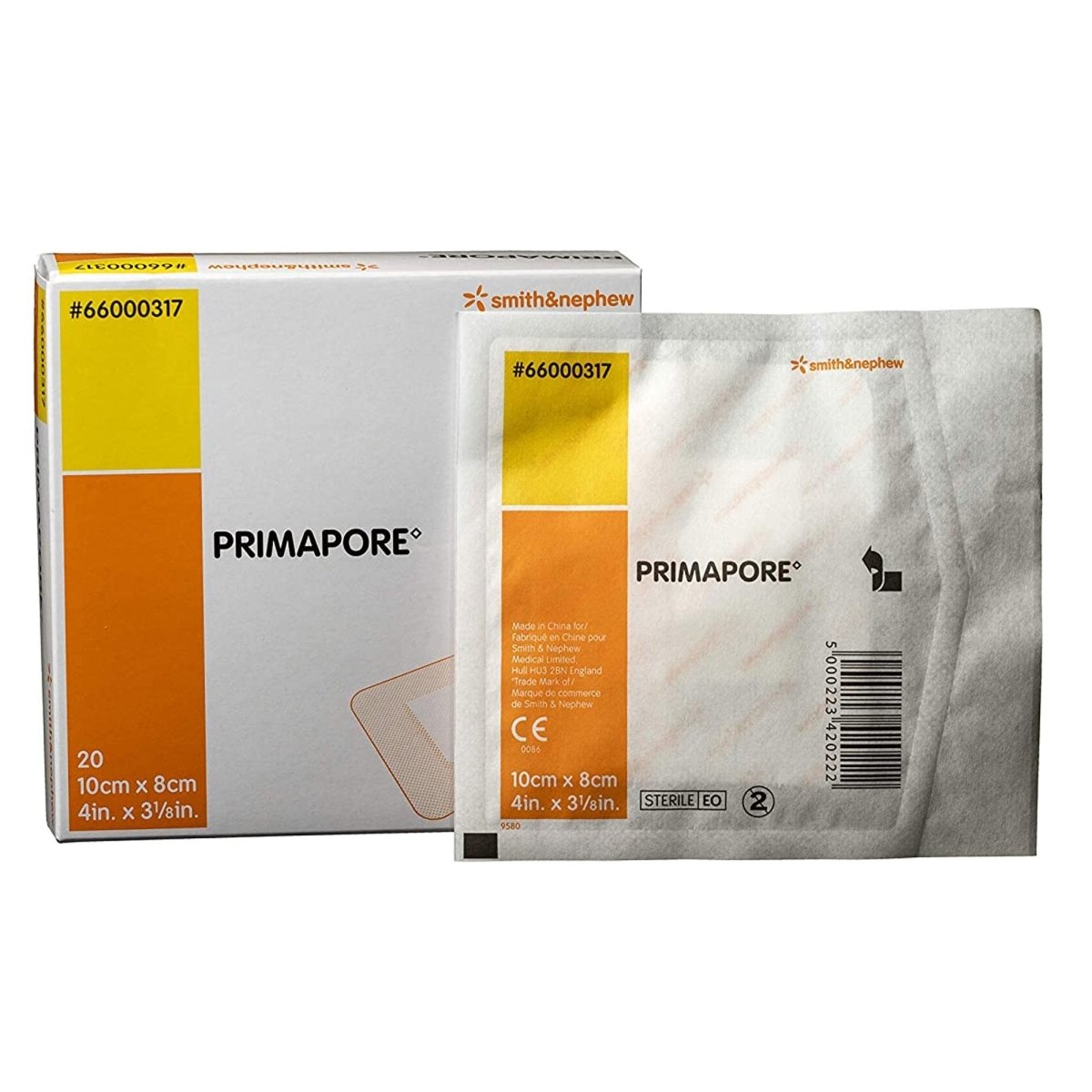Shop our Selection of Wound Care Composite Dressings
Composite dressings are a type of wound care dressing that combines two or more layers of material to provide an effective barrier against bacteria and other contaminants. They are designed to protect the wound from further damage while promoting healing. Composite dressings can be used for a variety of wounds, including burns, ulcers, and surgical incisions.
Benefits of Composite Dressings
- Provide an effective barrier against bacteria and other contaminants
- Protect the wound from further damage
- Promote healing
- Can be used for a variety of wounds, including burns, ulcers, and surgical incisions
- Easy to apply and remove
- Can be left in place for several days depending on the type of wound
Frequently Asked Questions about Composite Dressings
Do you still have questions about Composite Dressings?
If we still haven't answered your question, you can contact us by phone or email and we will get back to you as soon as possible.

